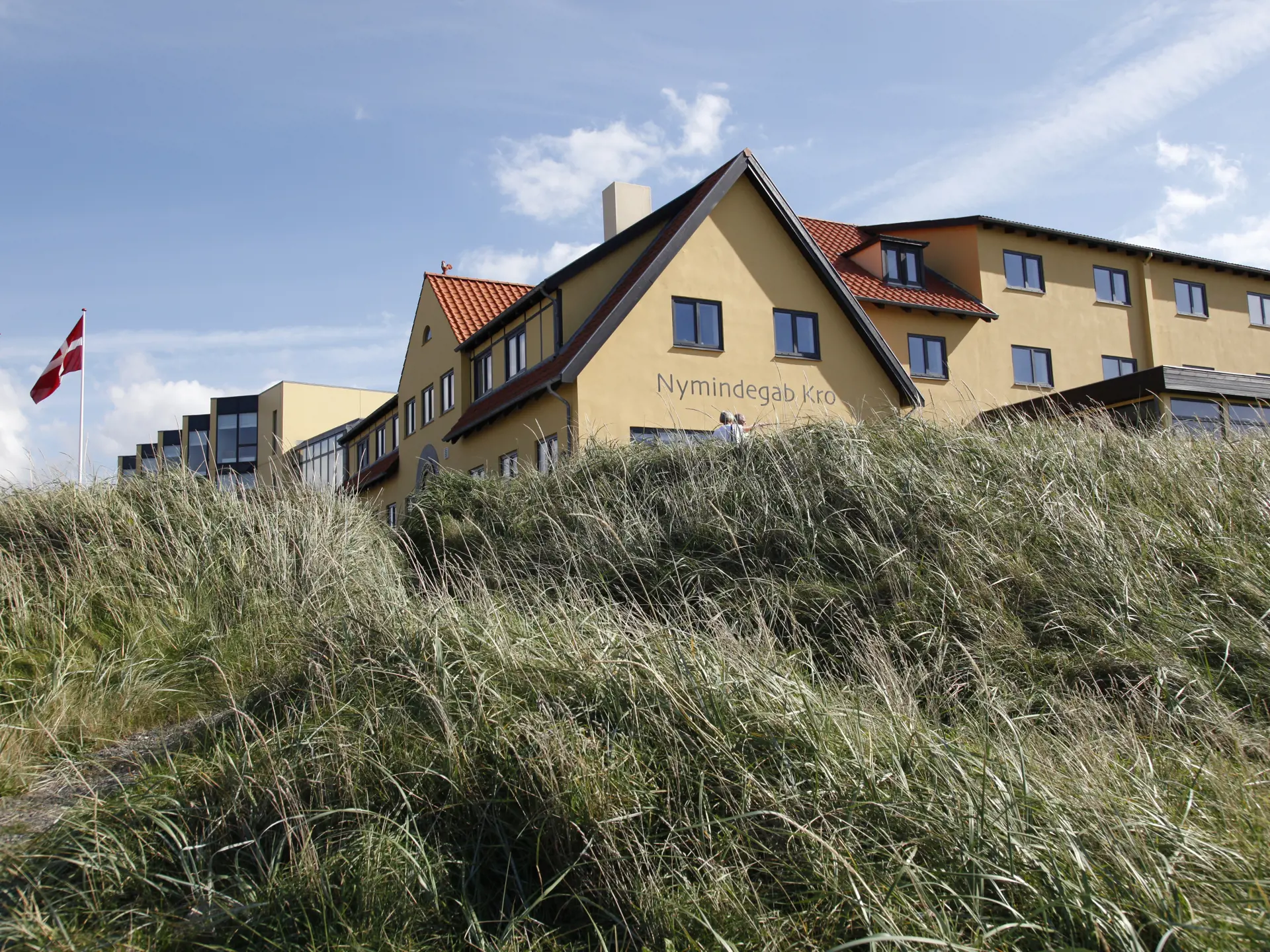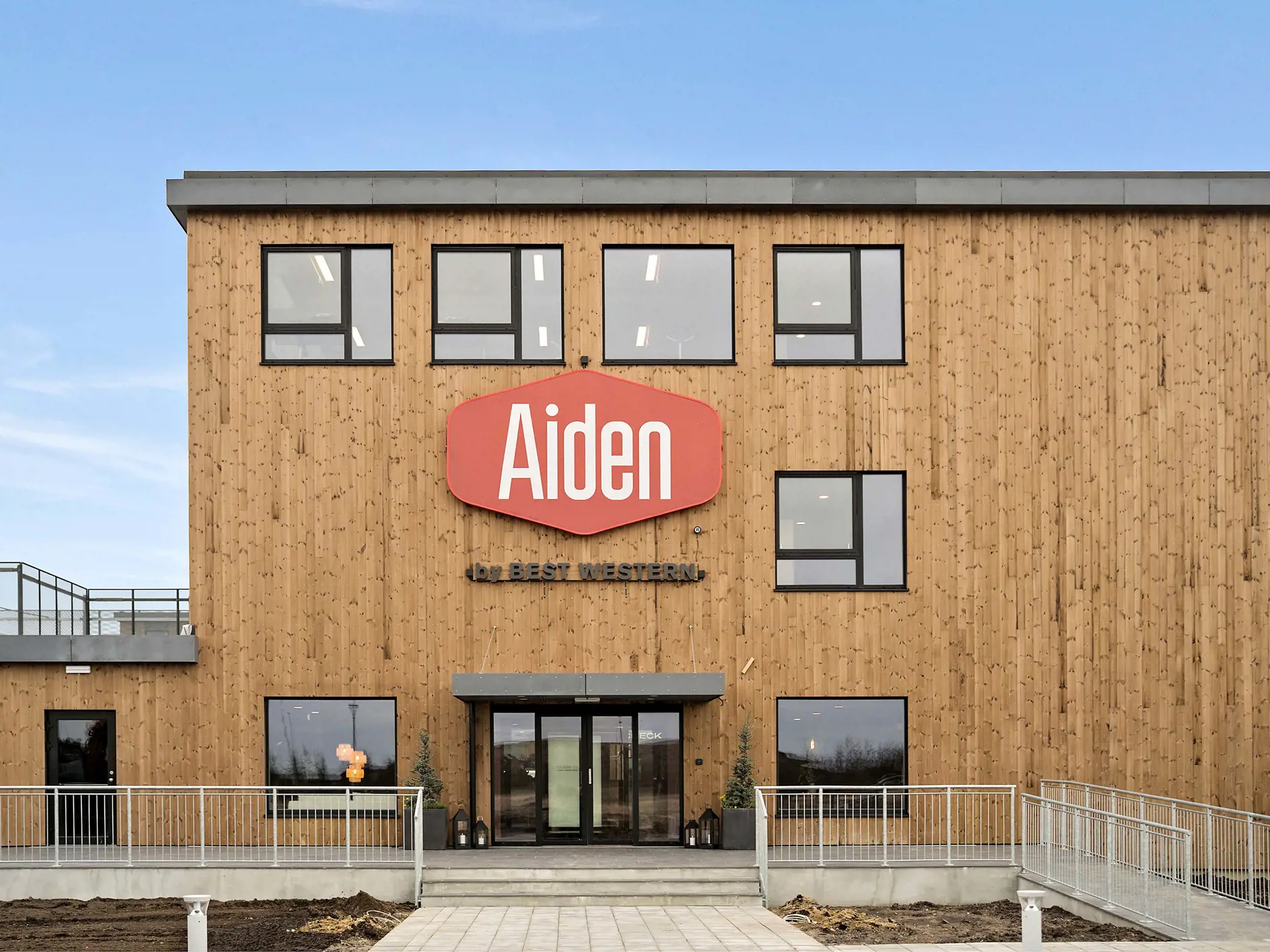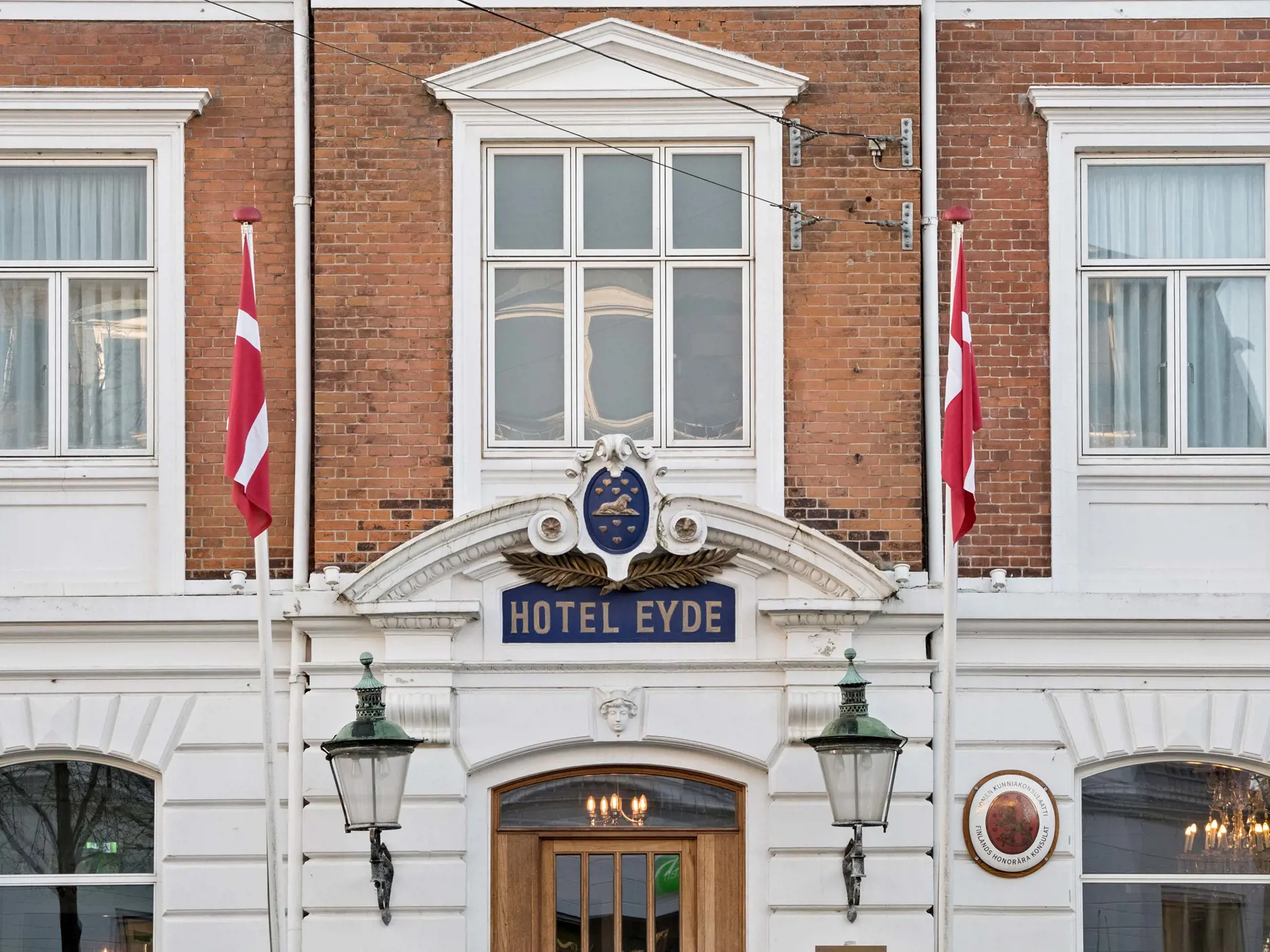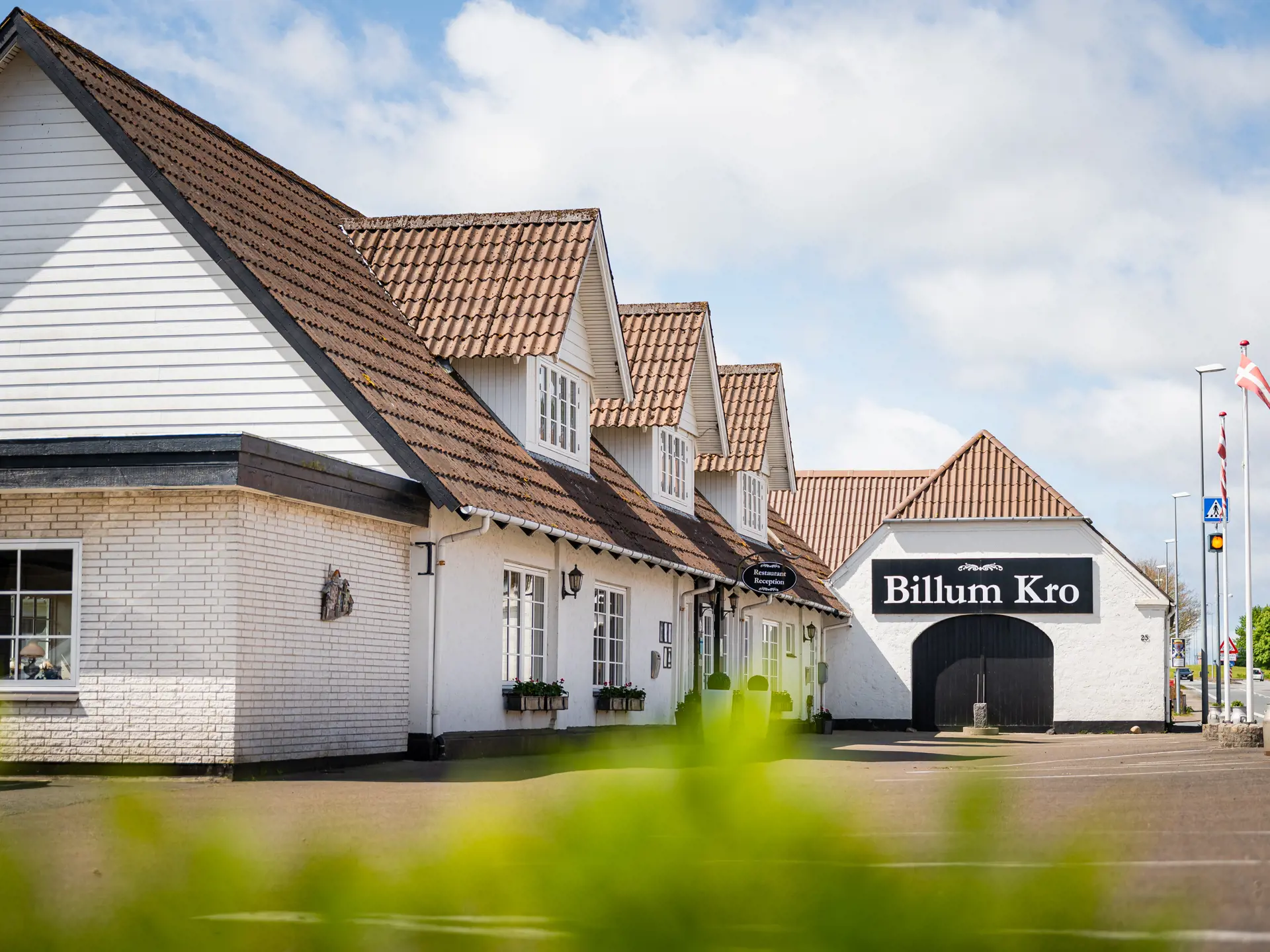The 3.5-meter-high sculpture is a caricature depicting a huge western-looking woman sitting on the back of a starving African man. Not only is he threatened by his own hunger, but also by the woman’s physical abundance.
The woman is holding a weight to emphasise that there is something obvious about global distribution. Jens Galschiøt’s sculpture is a comment on the distortion of world trade, where the privileged part of the world uses customs duties and subsidies to keep the developing countries out.
'I am not demonstrating for or against the EU, but to incorporate some other values into the debate', emphasises Jens Galschiøt, adding:
'It’s not just bad for the poor who die of hunger; it’s also a shame for us. It does something to us to look at these opposites. We become callous. With this figure, I want to put a picture into people’s minds, so they think: "damn! Is that how the world is?" And see themselves as part of that problem.'
Galschiøt has a clear justification for why the sculpture looks the way it does. The world has become too small to accommodate the enormous opposites:
'On the one hand, here in the northern part of the world we have problems with eating too much and chronic obesity. On the other side of the world, people are dying of hunger. Therefore, there are refugee flows and terrorism. In attempting to shield ourselves from the problems of the third world, we renounce our values of democracy and civilisation', he says.










